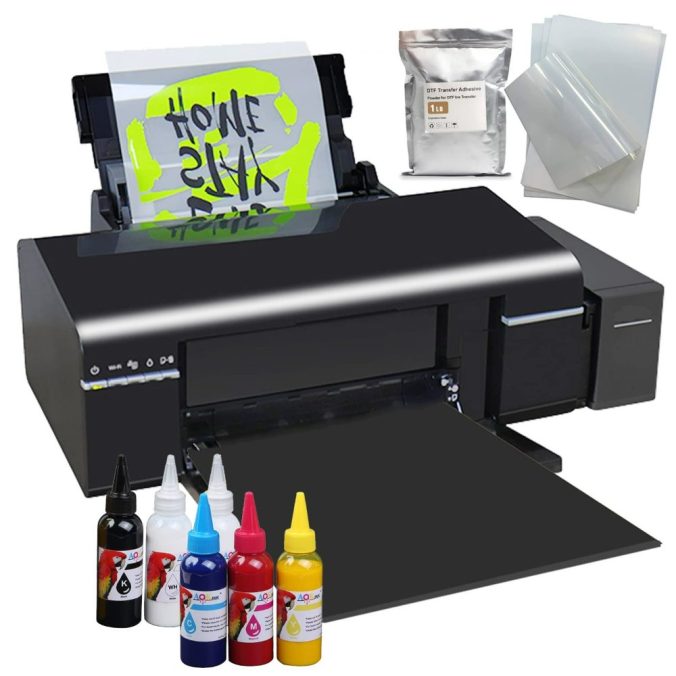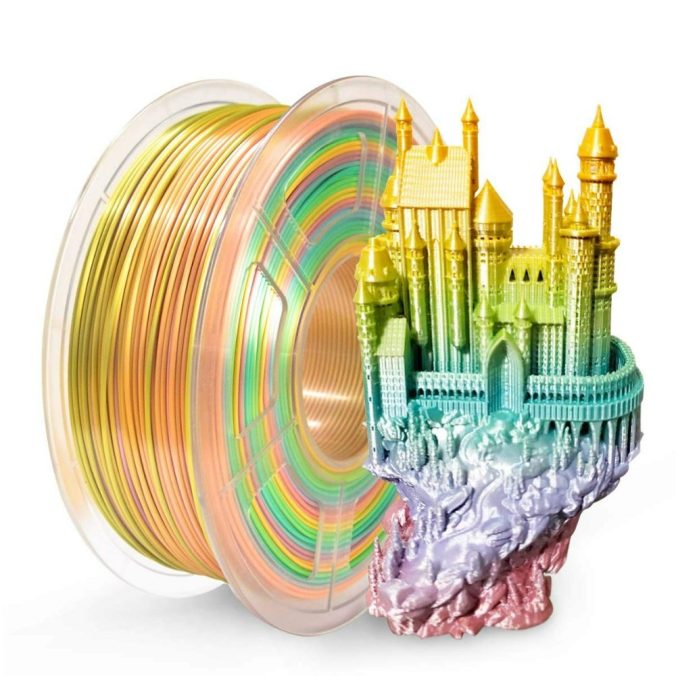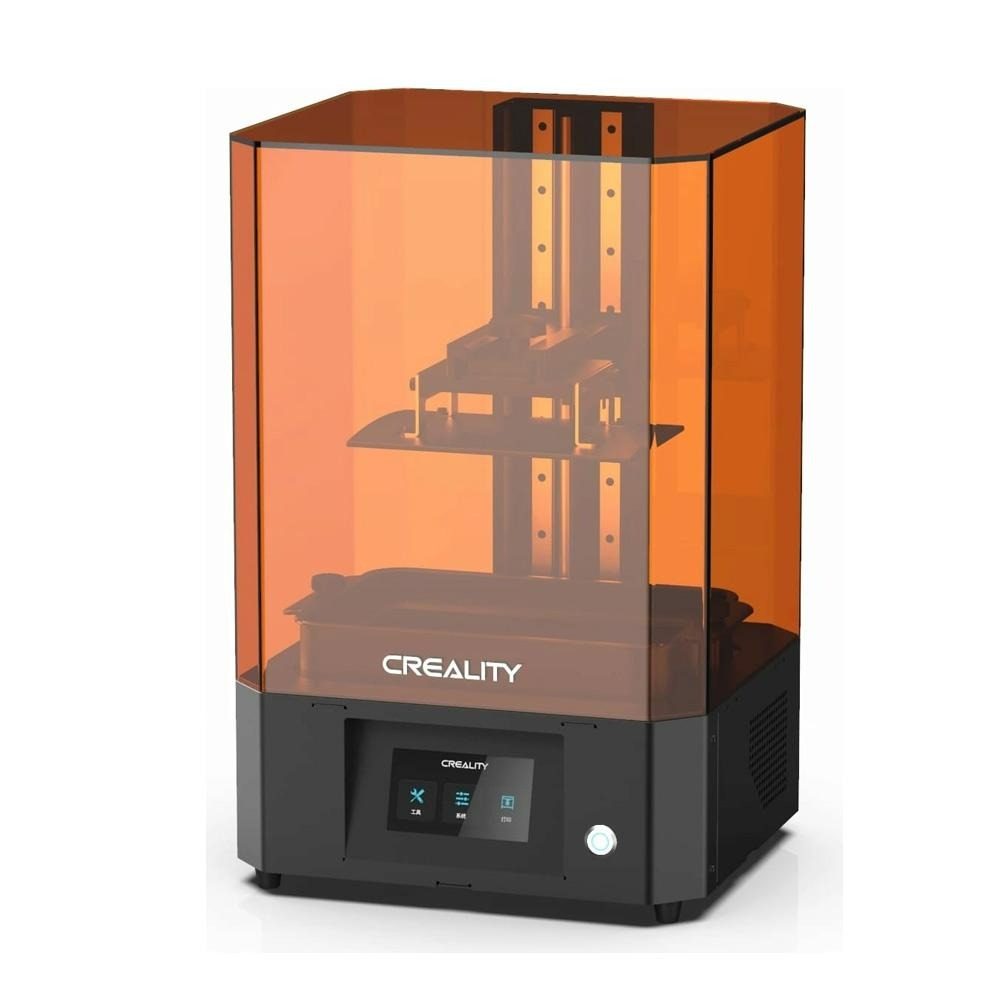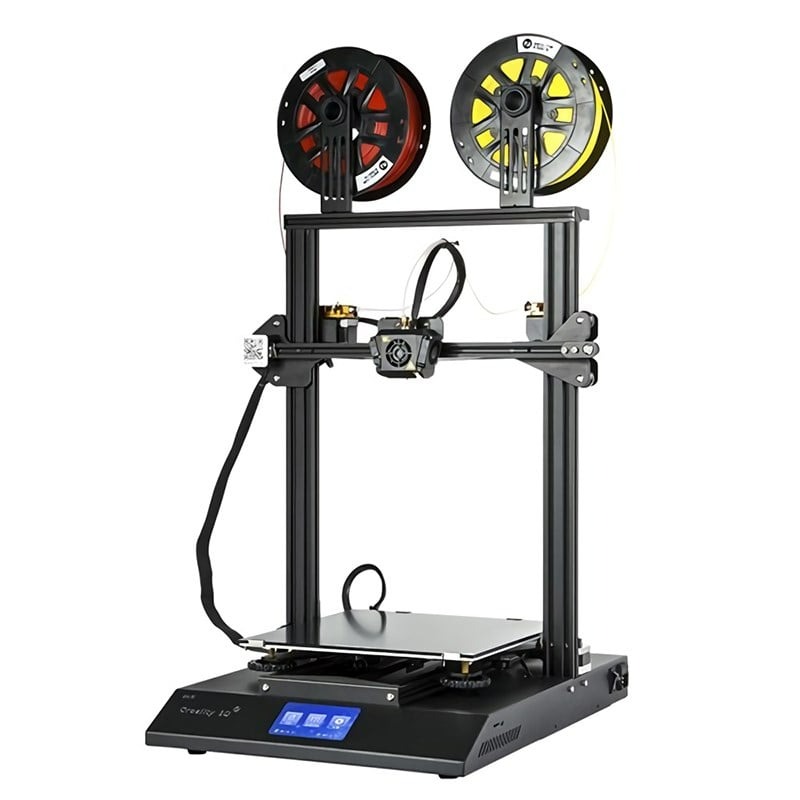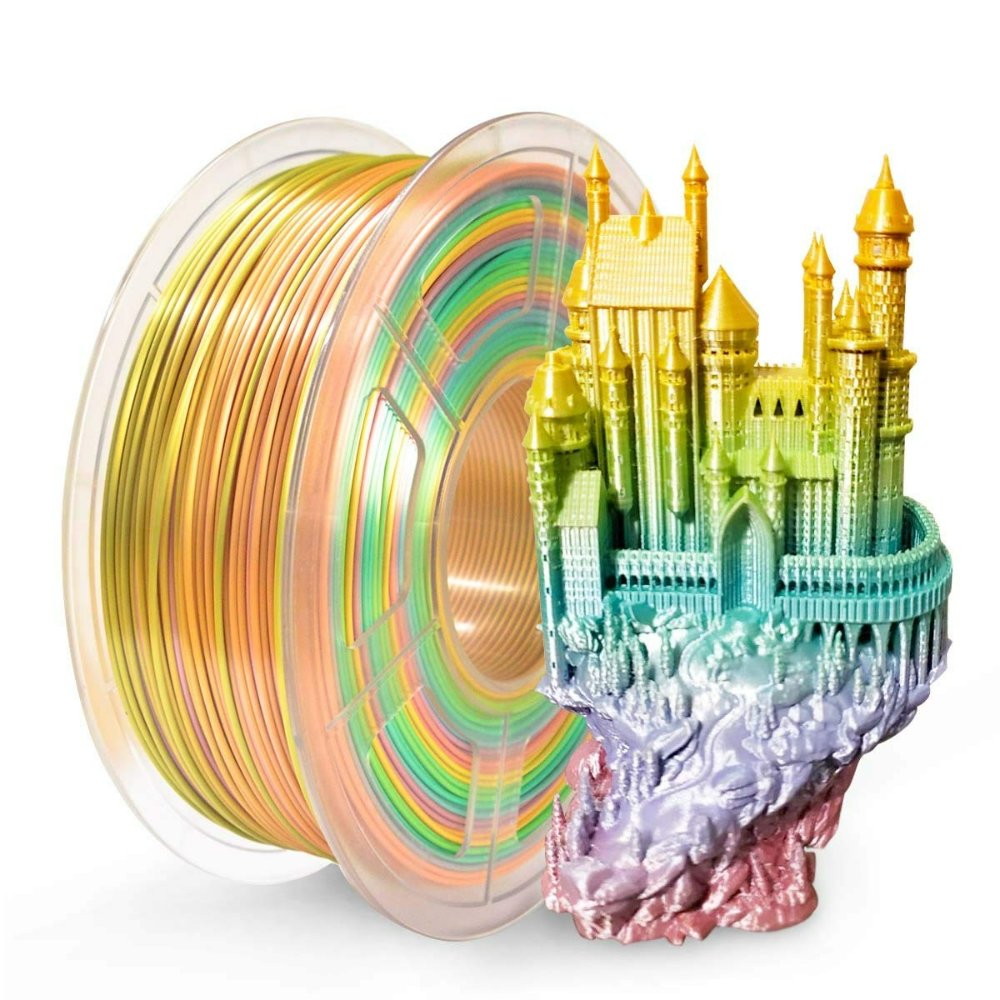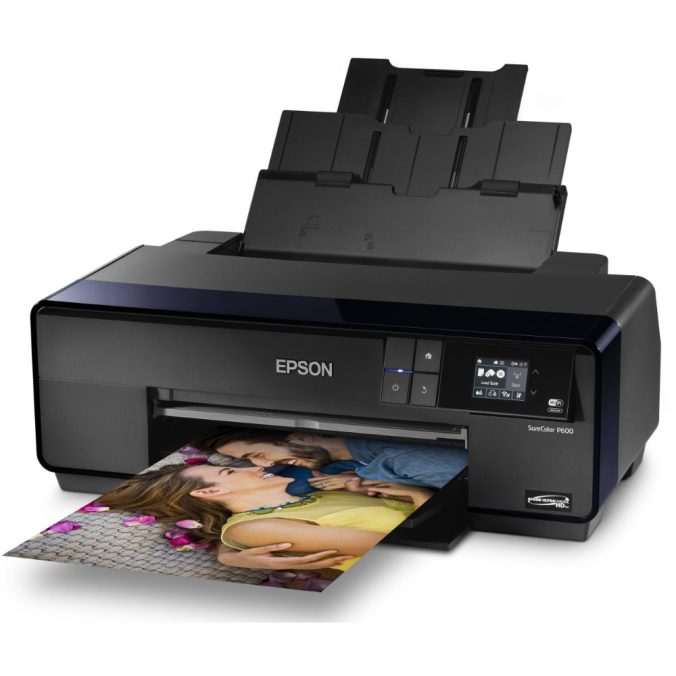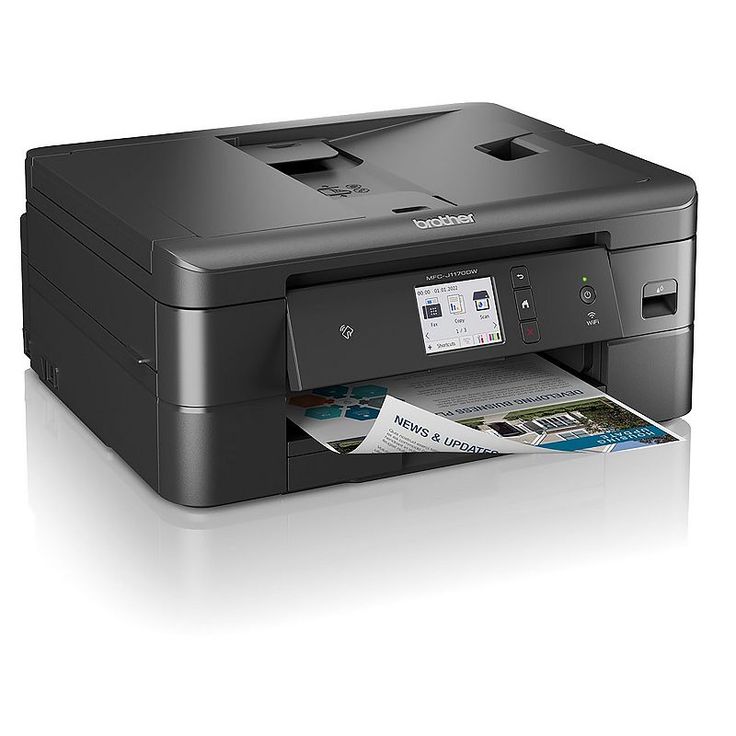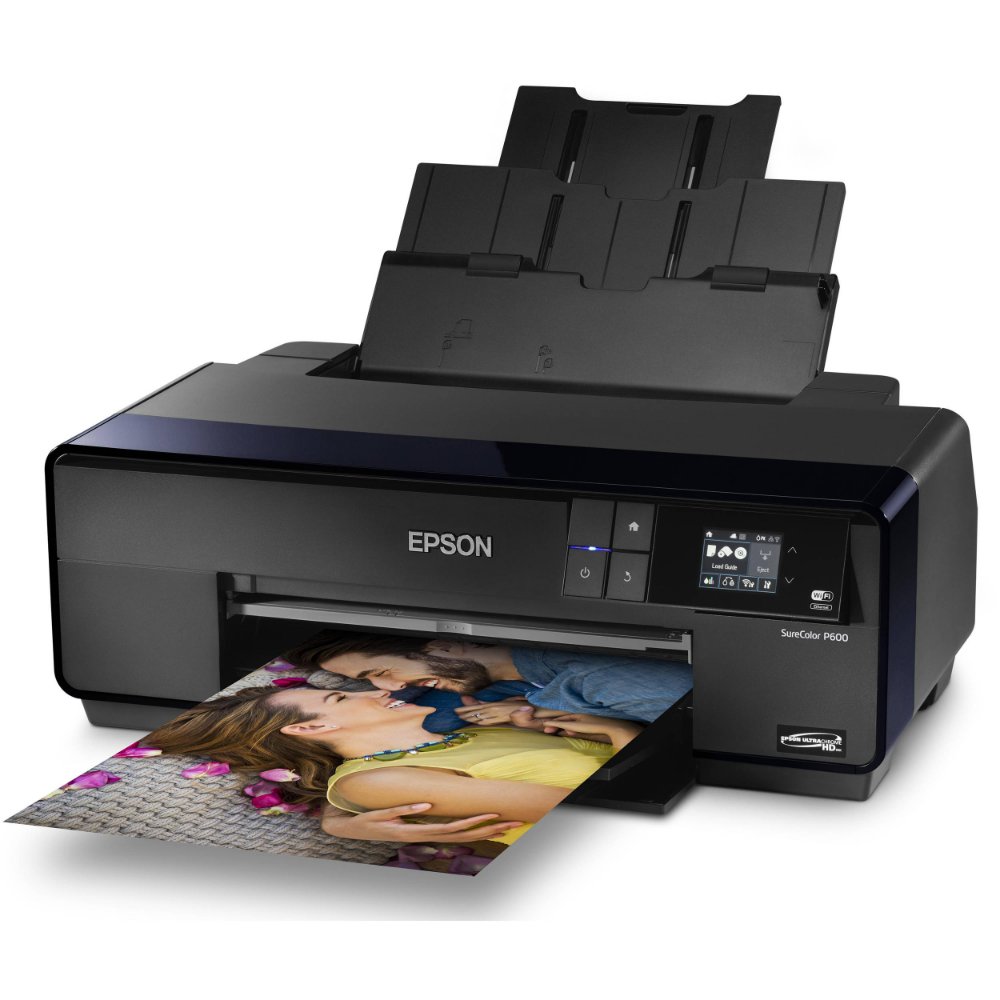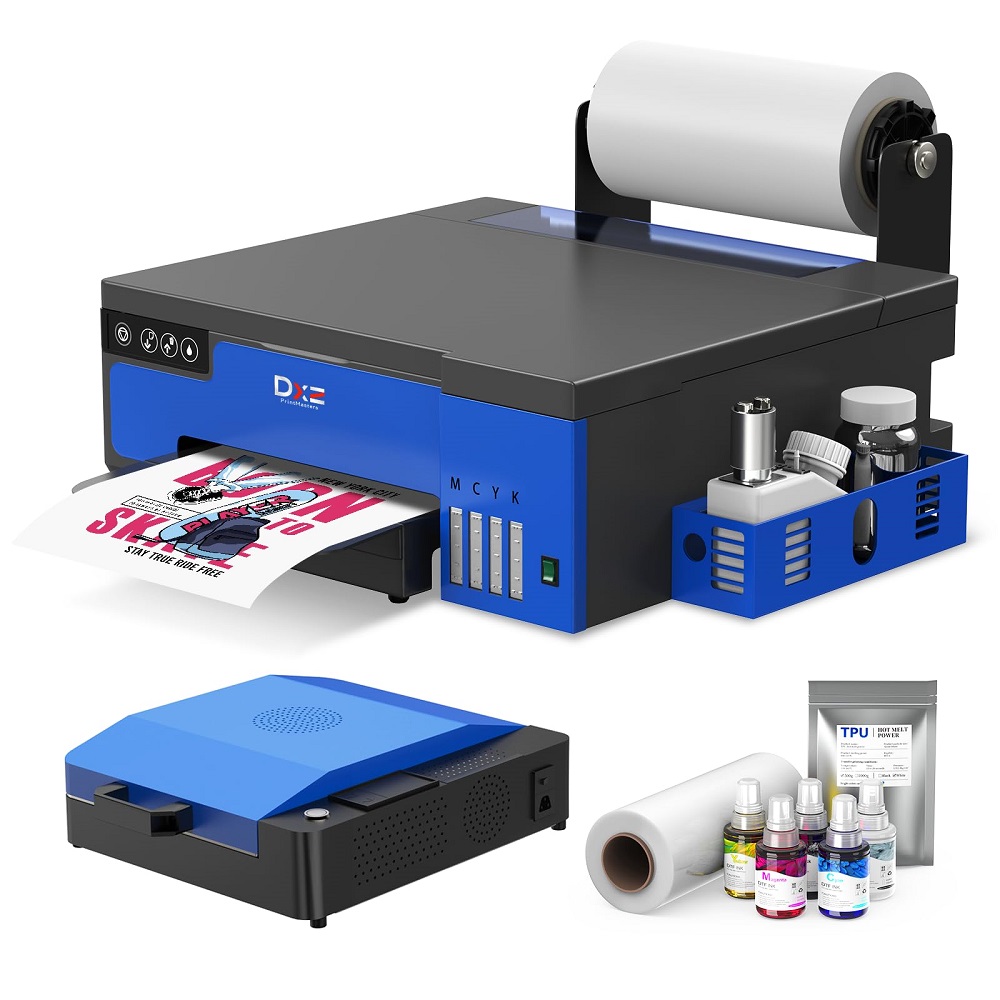Introduction to DTF Printer Technology
What is a DTF printer? Understanding DTF Printer Technology begins with the term ‘DTF’ itself, which stands for Direct to Film. This innovative printing approach involves a specialized printer, the DTF printer, that precisely lays ink onto a transparent film. After printing, an adhesive powder is applied, and then the design is transferred onto the textile – think of a cotton t-shirt or a polyester hoodie – using heat. The resulting print is vibrant, detailed, and durable. It’s a leap forward from traditional printing methods, offering businesses and creators new ways to produce high-quality printed apparel with relative ease and speed.
The key components of DTF printing are the DTF ink, the film, and the powder adhesive, which work together to produce a printed product that stands out for its color quality and durability. Unlike other techniques, DTF doesn’t demand pre-treating fabrics, allowing for greater flexibility and efficiency.
In a world where custom apparel is increasingly sought after, DTF printer technology opens up a realm of possibilities. It makes personalized printing more accessible, faster, and more cost-effective. From small startup brands to large-scale production lines, the DTF method is gaining traction for its straightforward process and high-quality results.
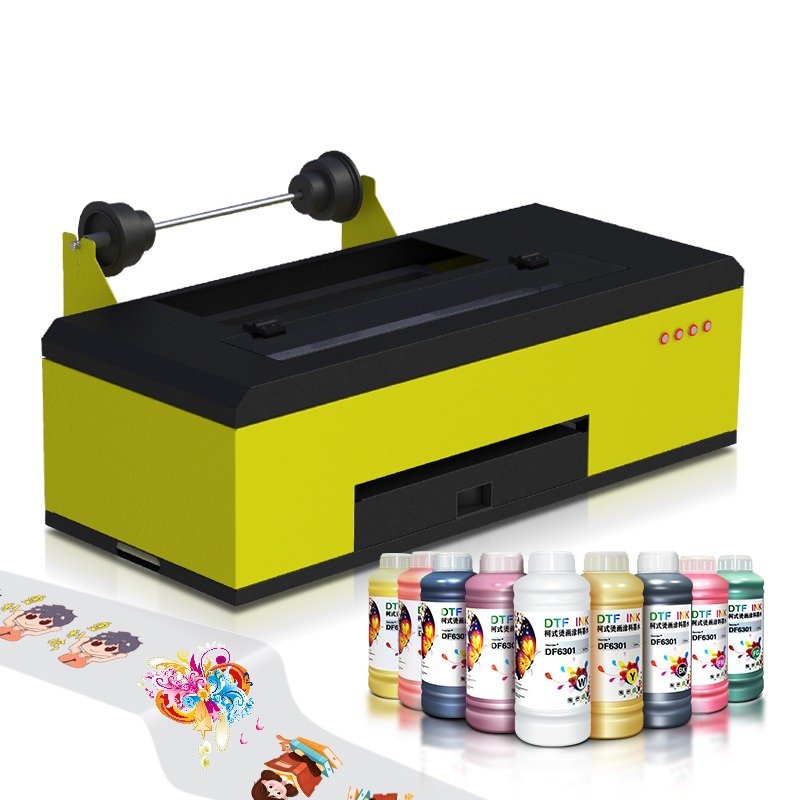
Advantages of DTF Printing in the Apparel Industry
The apparel industry is embracing DTF (Direct to Film) printing for its notable benefits. Here’s a look at the key advantages:
- Exceptional Print Quality: DTF printing achieves vibrant, high-resolution images with great detail. This ensures that designs on custom tees and hoodies stand out.
- Material Versatility: This technology works on a wide range of materials, including cotton, polyester, and blends. It’s ideal for diverse fashion products.
- Ease of Use: Unlike other methods, DTF printing does not require pre-treatment of fabrics. This saves time and makes the process simpler.
- Durability: Prints from DTF are known for their washing resilience, meaning the printed apparel can withstand multiple wash cycles without fading or peeling.
- Cost-Effectiveness: With DTF, there is no need for screens or plates, reducing setup costs and making it suitable for small batch orders.
- Quick Turnaround: DTF printing streamlines the production process, allowing for faster order completion and the ability to meet customer demands efficiently.
- Design Flexibility: The technology enables printing of intricate designs and a wide color gamut, which can be challenging with traditional printing methods.
- Environmental Impact: Less water and energy usage compared to other methods like screen printing positively affect the environment.
In summary, DTF printers offer a competitive edge in the apparel industry with their high-quality prints, material versatility, and overall cost and time savings. With these advantages, businesses can fulfill custom orders with precision and efficiency.
Essential Equipment for Starting DTF Printing
To get started with DTF printing, certain equipment is indispensable. Here’s a comprehensive list of what you’ll need:
- DTF Printer: The core of your setup, a DTF printer is specialized for printing on film.
- DTF Inks: Specific inks are required for DTF printing to ensure quality and durability.
- Transparent Film: This is where your designs will first be printed before transfer.
- Adhesive Powder: Applied to the printed film, this helps the design adhere to the fabric.
- Heat Press Machine: Essential for transferring the design from film to textile.
- RIP Software: Necessary for managing color profiles and ink consumption efficiently.
- Design Software: To create and edit your designs before printing.
- Curing Equipment: To cure or dry the ink and adhesive on the printed film.
- Shaking Unit: For removing excess powder from the printed film.
These essential pieces of equipment form the backbone of a DTF printing operation. For those looking to delve into the world of custom apparel printing, investing in these tools will help ensure your products stand up to the competition in terms of quality and longevity. Additionally, considering the cost of setup and potential return on investment is vital when venturing into DTF printing.
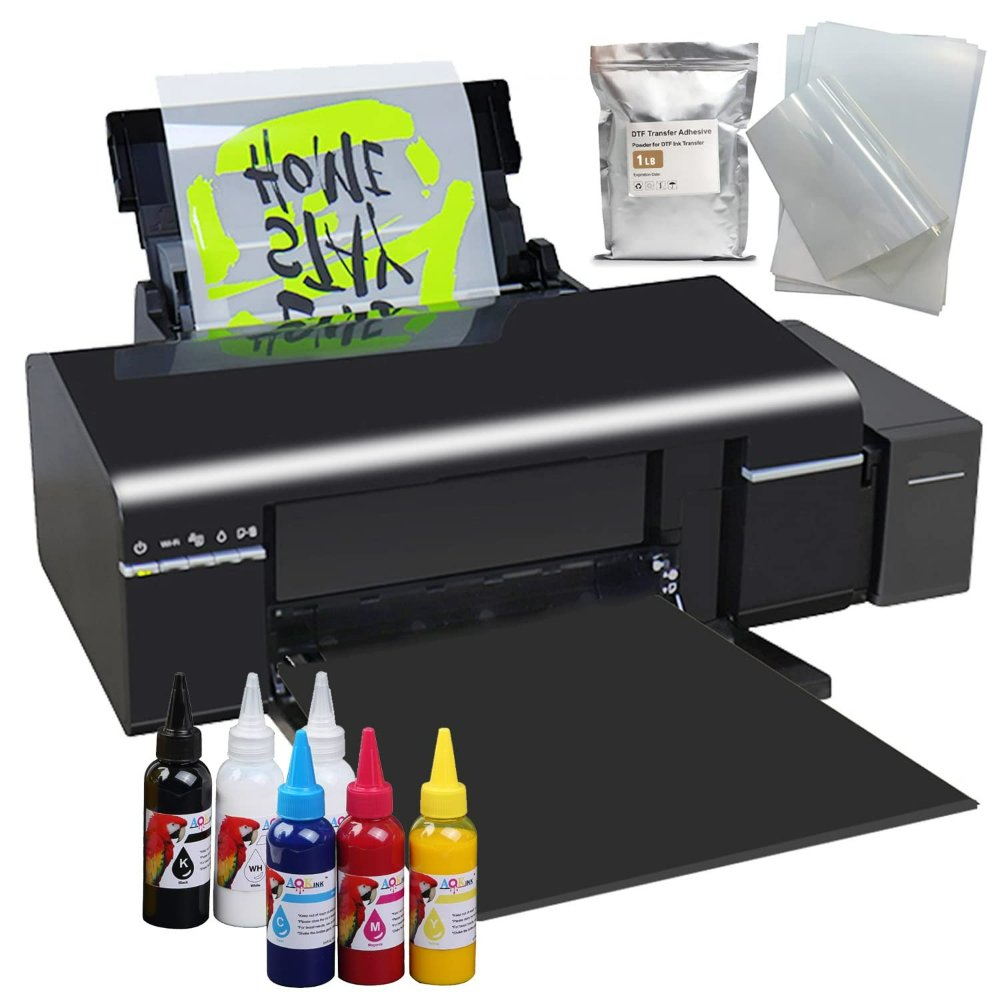
Step-by-Step Guide to the DTF Printing Process
The DTF printing process is straightforward yet meticulous, involving several key steps. Let’s break it down to help you get the hang of this printing method.
- Design Creation: Begin by crafting your artwork using design software. Ensure it’s high resolution and ready for print.
- Printer Preparation: Set up your DTF printer with the required DTF inks and make sure it’s calibrated correctly for accurate printing.
- Printing on Film: Send your design to the printer. The DTF printer will print your design onto the special transparent film.
- Applying Adhesive Powder: After printing, sprinkle adhesive powder evenly over the wet ink on the film. This powder is crucial for binding the design to the fabric later on.
- Curing the Print: Cure the adhesive and ink by drying the film. Use curing equipment for this step to ensure the ink doesn’t smudge.
- Heat Pressing: Place the film on the fabric, such as a cotton t-shirt, and use a heat press machine to transfer the design onto the material.
- Peeling Off the Film: Once heat pressed, peel the film away. The design should now be adhering to the fabric.
- Final Curing: For added durability, some printers recommend a final curing step. This seals the design onto the fabric, making it long-lasting.
- Quality Check: Inspect the final product for any issues. A good print should be vibrant, clear, and firmly attached to the fabric.
Follow these steps closely for the best results with your DTF printing projects. With each step done correctly, you’ll enjoy high-quality, durable designs on a wide array of fabrics.
DTF Vs. Other Printing Methods: A Comparative Analysis
In this section, we’ll explore how DTF printing stacks up against other popular printing methods. DTF printing offers unique benefits and may overcome issues associated with traditional approaches. Here’s a quick perspective:
- Versus Screen Printing: Unlike screen printing that requires multiple layers for multicolored designs, DTF printing can achieve full-color graphics in a single pass. Screen printing demands creating screens for each color, adding to the cost and complexity, whereas DTF printing simplifies the process with direct printing onto film.
- Versus DTG Printing: DTF does not require pre-treating the fabric, which is often necessary in DTG (Direct-to-Garment) printing, especially for dark-colored clothes. DTG may provide a softer hand on the fabric but DTF offers higher versatility as it can adhere to a wide variety of fabrics including dark and vibrant colors with ease.
- Versus Sublimation Printing: DTF printing can transfer designs onto both light and dark garments without the need for specific polyester content, unlike sublimation, which works best on light-colored, polyester-rich fabrics. DTF provides more freedom when it comes to the choice of substrates.
- Versus Heat Transfer Vinyl (HTV): HTV involves cutting and weeding vinyl which can be time-consuming; DTF printing eliminates this step. Also, DTF can create more detailed and complex designs compared to HTV.
- Environmental Impact: While some methods like screen printing might use more water and solvents, DTF printing is generally more eco-friendly as it produces less waste.
To sum up, each method has its context where it excels, but DTF printing’s versatility, print quality, reduced labor, and environmental friendliness make it a strong contender in the apparel printing market.
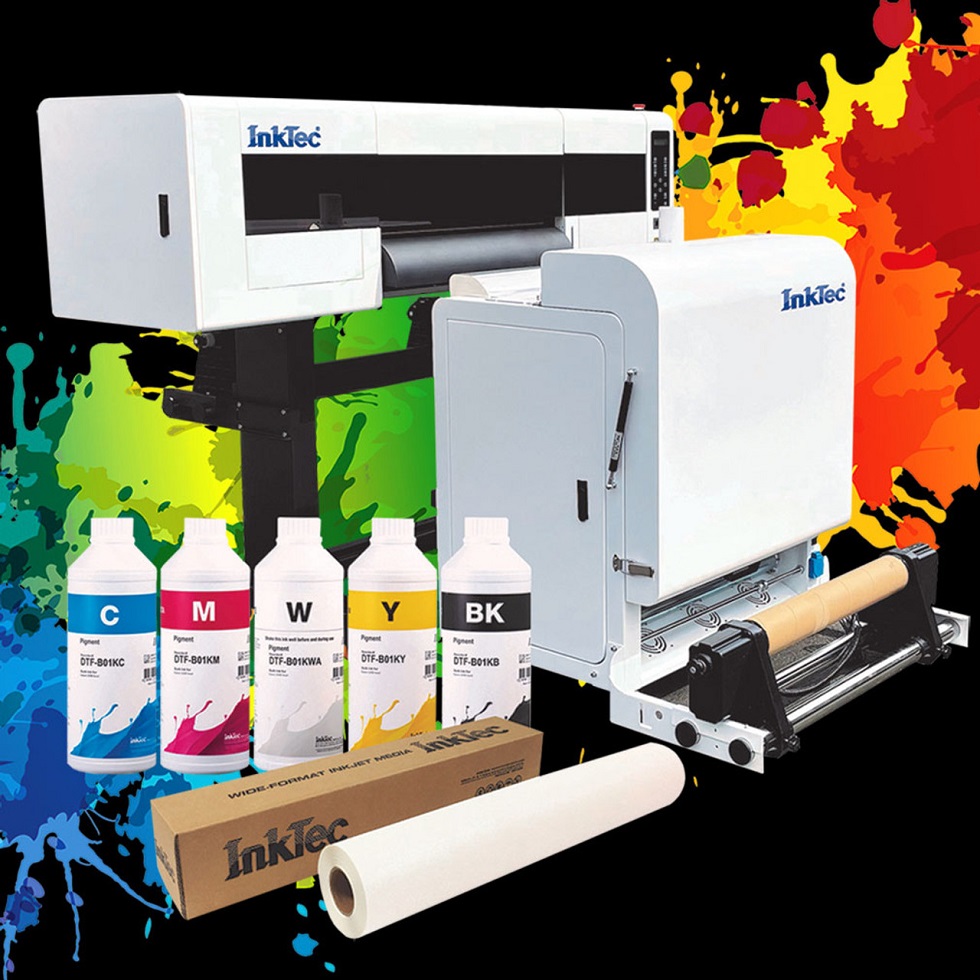
Common Challenges and Solutions in DTF Printing
As with any printing technology, DTF printers come with their share of challenges. The key is to be aware of these potential issues and know how to manage them. Here, we’ll address some common challenges that users may encounter with DTF printing and offer practical solutions.
Identifying and Tackling Ink Adhesion Issues
Challenge: Sometimes, ink may not adhere well to the fabric, leading to issues like peeling or color fading.
Solution: Ensure you’re using the correct adhesive powder and applying appropriate heat and pressure with the heat press. Regularly check the printer’s calibration and the quality of inks being used.
Managing Print Quality and Maintenance
Challenge: Over time, prints can become less vibrant, or the printer might experience blockages and maintenance issues.
Solution: Perform regular maintenance and cleanings, particularly of the printer heads. Use high-grade inks and films, and keep your software updated to maintain optimum print quality.
Dealing with Complex Design Elements
Challenge: Printing intricate designs can be difficult, sometimes resulting in less sharp or defined prints.
Solution: Use high-resolution images and adjust your printer settings accordingly to handle detailed artwork. You might need to slow down the printing for very complex designs.
Navigating Color Reproduction Accuracy
Challenge: Colors on the final product may not always match the initial design due to various factors.
Solution: Regularly calibrate your printer to manage color profiles accurately. Make use of professional RIP software to get the desired color output.
By facing these challenges head-on with the right knowledge and tools, you can ensure consistent and high-quality results from your DTF printing endeavors.
The Future of DTF Printing and Market Trends
In the world of garment printing, DTF printing stands as a growing trend sure to shape the future. Let’s delve into what we can expect from DTF printing and the market trends likely to emerge in the next few years.
- Rapid Growth: DTF printing is on the rise and will continue to grow. More businesses may adopt this technique for its versatility and quality.
- Technological Advancements: Printers will likely become faster and more efficient. There could be innovations in ink formulas and transfer films too.
- Wider Material Range: DTF might evolve to suit an even broader range of materials. This lends well to the custom print market’s diversity.
- Improved Sustainability: As eco-consciousness grows, DTF printing may become more sustainable. This includes advancements in eco-friendly inks and recyclable films.
- Accessibility for Small Businesses: Costs may drop as DTF printing becomes more common. Smaller companies might invest in this technology and expand their offerings.
- Customization Demand: The desire for personalized apparel increases. DTF printing is perfect for meeting such market needs with its design flexibility.
- Integration with E-commerce: Online businesses may integrate DTF printing for on-demand production. This could transform supply chains and fulfillment methods.
- In-home Production: Advances could make DTF printers more affordable for home use. Consumers might begin printing custom garments from their living rooms.
Looking ahead, DTF printing promises exciting possibilities for the apparel industry. It could offer cost-effective, high-quality, and diverse printing options for businesses of all sizes.
Where to Source Quality Materials for DTF Printing
Finding the right materials is crucial for successful DTF printing. For the best results, you need to source high-quality DTF inks, transparent films, adhesive powders, and compatible fabrics. Here are some tips to help you get started:
- Research Suppliers: Look for suppliers specializing in DTF printing materials. They should offer products specifically designed for DTF processes.
- Check Reviews: Read customer reviews and testimonials to gauge the quality of materials and customer service.
- Compare Prices: While quality is paramount, you also want to ensure you’re getting a good deal. Compare prices from different suppliers for the best value.
- Request Samples: If possible, request samples of the materials to test them out before making a large purchase. This will help you avoid investing in subpar products.
- Verify Compatibility: Make sure that the materials you select are compatible with your DTF printer and that they meet the specific requirements for your printing projects.
- Consider Bulk Purchases: Depending on your printing volume, buying in bulk can save costs in the long run.
- Stay Informed: Keep up with the latest developments in DTF printing technology to ensure you’re using the most advanced and effective materials.
By carefully selecting your DTF printing materials from reputable suppliers, you can enhance the quality of your prints and ensure customer satisfaction with every order. Quality materials lead to vibrant, long-lasting prints that will set your custom apparel apart in the marketplace.
